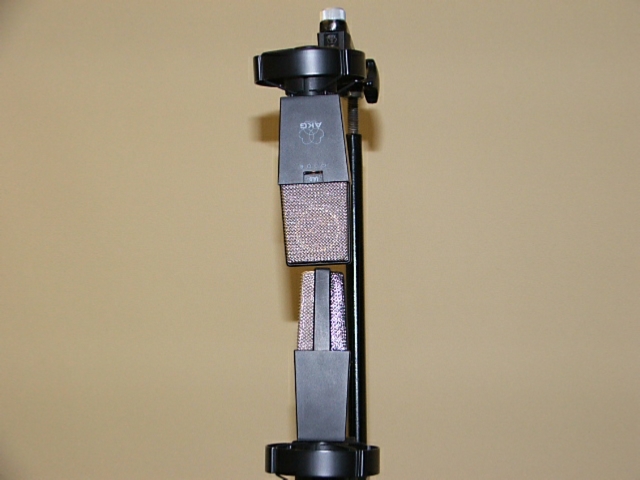Home
Natural sound
Concert hall
The composer
Multi Mic
Pros & Cons
Why does
CD sound
Madness cost
Blumlein
Co-incident fig 8's
BDT
M & S
ORTF
CD re-mastering
Audio schizophrenia
Recording glossary
Quiz
Links
5.1 sound
Mics for 5.1

